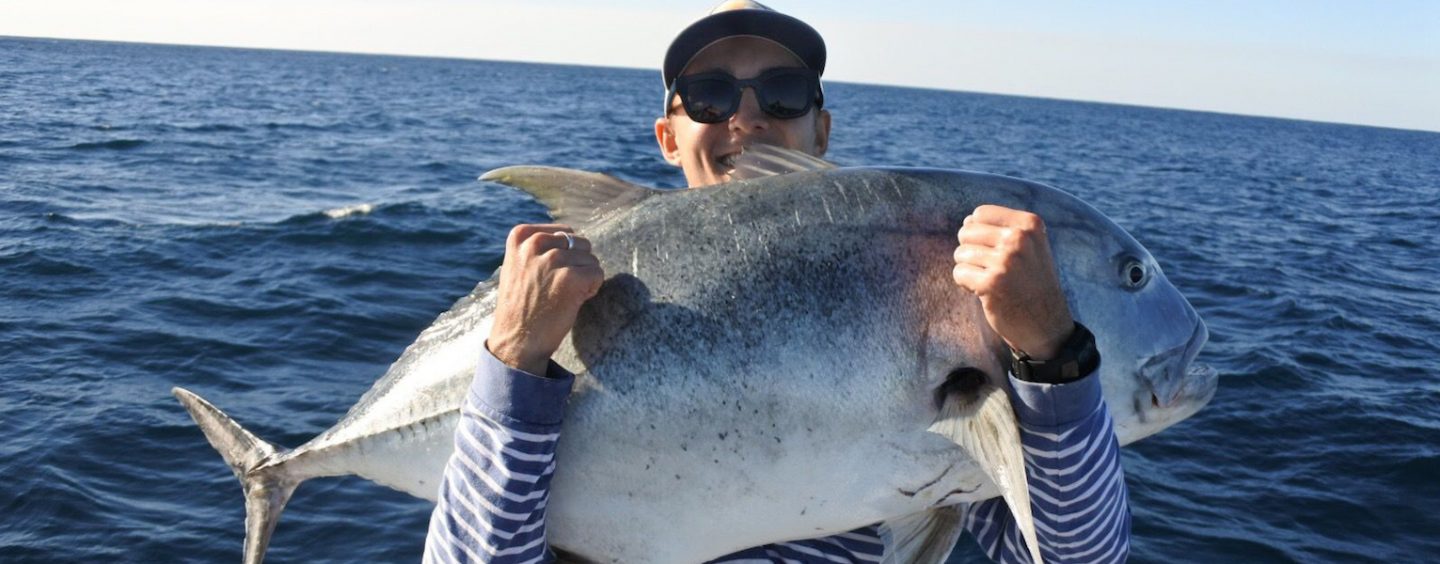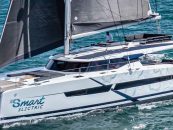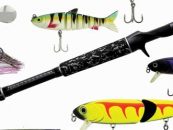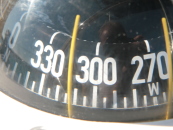Underwater sea mountains generally climb close to the surface. These are the areas up and down the east coast of the country — in fact throughout the entire Pacific — that anglers dream of getting to.
Live-aboard fishing charter boats take days to get to these grounds. Charter sea planes fly across hundreds of miles of ocean. One can also head to a remote island in the South Pacific where seamounts can be found within a few minutes boat ride from shore. No matter how far away, there are options for fishermen who are keen, where at times, money is not an issue.
Across southeast Queensland, we have these seamounts in rather close proximity. In fact, if you have a boat big enough to hold two or three anglers, you too can get out there and fish these areas. Whether it is off Moreton Island, Tweed Heads or Brunswick Heads, these grounds are often covered by many anglers throughout different times of the year.
In these areas, the seamounts can climb from 100 metres deep all the way up to within 12 metres of the surface. The up-rising from the ocean floor is perfect to attract a variety of species.
Throughout the warmer months of the year with the ocean currents coming down from the tropics, we see a great variety of fish moving through, such as yellowfin tuna, mackerel, wahoo, marlin, and dolphinfish. But there are also a few others. These ‘others’ are the species that anglers are now targeting — the GT, or more commonly known as giant trevally.
I can recall growing up on the Gold Coast, back in the early 90’s, fishing the Tweed 9 Mile Reef generally after the most horrible of swells have moved through, and the Tweed Bar was ugly and impassable. I was still Gung-ho to know what was out there after this weather event, and that would make us head out. Lifejackets would be tied around our rods and reels, which at that time where our prized possessions. We would cross the notorious bar and head out to the 9 Mile where the pelagics would be chasing bait as it scattered out, the water shimmering like a mirror across the surface.
Wahoo and mackerel would cruise past the boat, but they were not the fish we were after. We were after the GT. Schools of these fish upwards of 100 or more, and in excess of 30 kilograms would cruise across the surface. It was just a matter of casting a live bait straight in front of them. And really, you did not have to wait for long before your drag started to scream off.
Back then, poppers and stick baits were really something you did not use. They were more for the tropics, the areas around Solomon Islands, Papua New Guinea and Vanuatu. We did not need to use those here until a decade later when sport lure fishing was introduced into the region.
Along with advanced technology came massive changes. With this constant evolving new technology, you can now chart the water temperatures on your computer at home or any device, and pretty much pinpoint where the warm ocean currents are moving through at any time of the year. This enables the angler to go out there and target these fish anywhere within boat distance during even the coolest of days and the calmest of weather.
Rod and reel outfits can start low in price and climb as high as the sky. But for me, the perfect pop/live bait all rounder outfit is one that can be used in a lot of different applications — spinning lures, casting dead baits, live baiting and even trolling. I choose an outfit that is affordable but will knock over the biggest of fish and still leave money in the bank for other necessities. An example would be the Saragosa 25000 spooled with 80 Kairiki Braid, 120pound Tiagra fluorocarbon leader matched with the PE 3-6 Shimano Jewel 8 foot spin rod from Anaconda.
A few months ago a warmer patch of water around a kilometre square move down off Moreton Island and in the middle of Winter, wahoo, mackerel and giant trevally were caught on stick baits in an area called the Sevens just north of Point Lookout. This patch of warm water was located on the charts. With that knowledge, it was enough for anglers to try their luck, which proved to be on the money with plenty of fish caught.
It is not only these seamounts that hold these amazing giants of the sea. The GTs are also in the deeper pinnacles and ledges along the shelf located in excess of 100 metres of water. These reefs during the cooler months of the year hold a lot of bait, and yes believe me, the GT will move into these waters in excess of 500 feet to feed on the schools of bait.
I asked the question to anglers out there, “Have you ever hooked onto something in the deeper waters that would just drag the line off your reel like you’ve never felt before? Or maybe had that super hard hook- up, the fish comes up off the bottom a few metres and then race back down like an amberjack or kingfish but then breaks you off? And you ask yourself, ‘If only I saw what it was or if only I saw the colour of the fish…’ But no, you are left to think for the rest of your fishing life of what it could have been.”
Well — surprise! — it could have been a giant trevally. Again these fish do hunt in deeper waters. They will hang around and school up with kingfish and amberjack along the wider shelf grounds searching for food. But it is not really a species that you would go out and specifically target in winter, whereas in Summer or in those warmer patches of water, you would.
So keep an open mind, the fish are there, just more spread out during the cooler months. Next time you hook-up onto that monster of the deep and it bricks you, sit back and think, “Was it a GT…?”
By Paul Burt
*Cover image: Heath Robertson with 60lb giant trevally
(Published in the October – December 2019 edition)






























